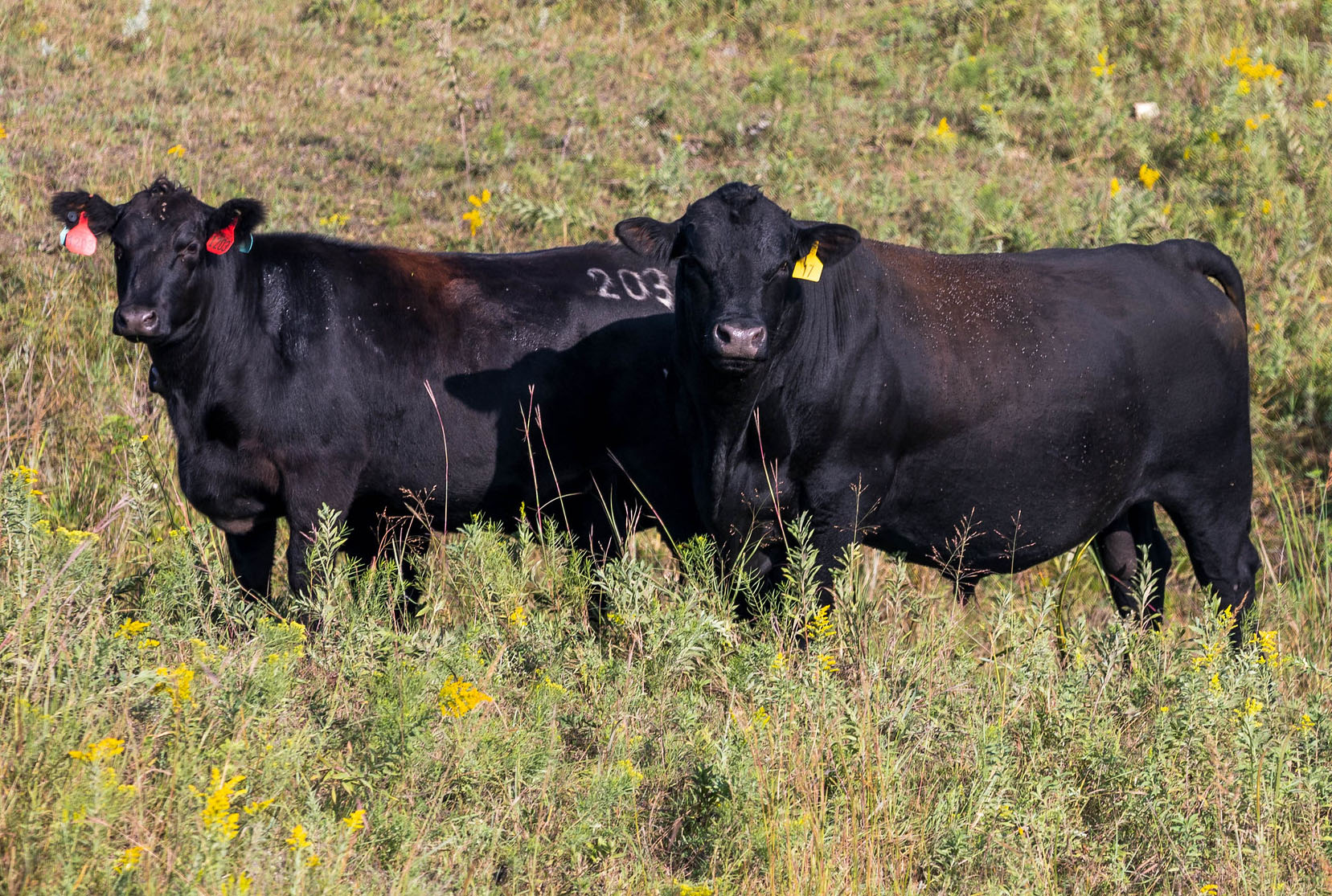Many commercial cattle producers wanting to leverage genetic diversity incorporate sires of different breeds as a way to get the benefit of heterosis, said the Kansas State University Beef Cattle Experts on a recent Cattle Chat podcast.
“Heterosis is a combination that gives some vigor in areas of the genetic profile that are not highly heritable specifically in reproduction and health,” K-State veterinarian Brad White said.
Instead of rotating the breeds of sires, some producers are now using composite sires to accomplish the goal of a genetic advantage, according to K-State veterinarian Bob Larson.
“A composite bull has a specific combination of breeds,” Phillip Lancaster, K-State beef cattle nutritionist, explained. “Because it is a crossbred animal, it has heterosis advantages that can be passed through the cows to the offspring in a consistent manner.”
Additionally, some composite sires have Expected Progeny Difference data much like purebred cattle to help predict the offspring performance, Larson said.
“Composites with EPDs available can be an appealing option to a producer who wants to follow a simplified breeding system,” he said. “While we don’t get maximum heterosis from the composites, there is some genetic benefit.”
Along with that, genomic testing allows producers to learn in greater detail what the performance of that particular animal will be, according to Lancaster.
“Producers can select the individual that has a high level of heterosis within its genome to improve the hybrid vigor,” he said.
To hear the full discussion, listen to the Cattle Chat podcast online or through your preferred streaming platform.



